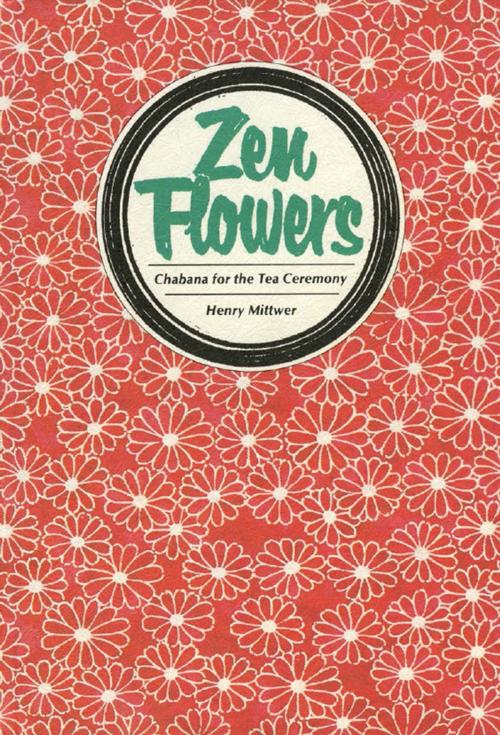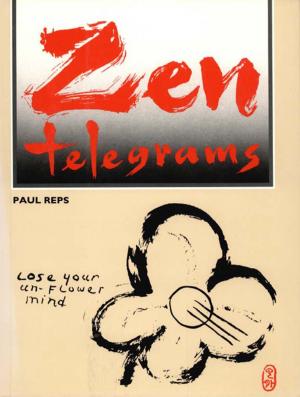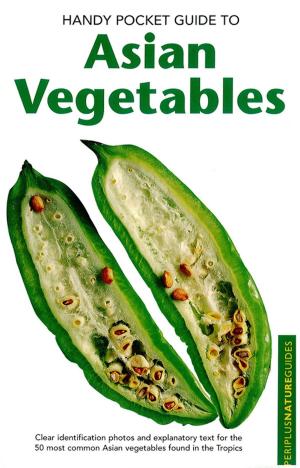Zen Flowers Chabana for Tea Ceremony
Nonfiction, Home & Garden, Gardening, Flowers, Flower Arranging, Crafts & Hobbies, Religion & Spirituality, Eastern Religions, Zen Buddhism| Author: | Henry Mittwer | ISBN: | 9781462901470 |
| Publisher: | Tuttle Publishing | Publication: | December 18, 2012 |
| Imprint: | Tuttle Publishing | Language: | English |
| Author: | Henry Mittwer |
| ISBN: | 9781462901470 |
| Publisher: | Tuttle Publishing |
| Publication: | December 18, 2012 |
| Imprint: | Tuttle Publishing |
| Language: | English |
This Zen flower arranging book teaches the delicate art of Japanese Chabana—the precursor to ikebana.
Up to now, with the exception of Okakura Kakuzo's excellent account of flowers used in the art of Chanoyu in his delightful The Book of Tea, almost nothing has been available on the subject. To my knowledge, the present volume is the only book written in English that is wholly devoted to the special form of flower arrangement called Chabana.
Chabana is a type of flower arrangement that originated in the tea room . Chabana is not only for decoration, for symbolic representation, or for abstract expression of the self. 2,500years ago, Chabana has something in common with one of Shakyamuni Buddha's sermons. Buddha lightly picked a single bloom from a basketful of flowers offered to Him by one of the multitude who came to hear His sermon. Buddha slowly, silently, held up the flower before the congregation. Among the gathering was one of His disciples, Mahakasyapa, who gently smiled as he apprehended the Buddha's gesture. Chabana may not be a flower arrangement having a Zen-like mission, but it certainly is a flower arrangement appreciated by a mind nourished with the Zen principles of simplicity and directness.
This Zen flower arranging book teaches the delicate art of Japanese Chabana—the precursor to ikebana.
Up to now, with the exception of Okakura Kakuzo's excellent account of flowers used in the art of Chanoyu in his delightful The Book of Tea, almost nothing has been available on the subject. To my knowledge, the present volume is the only book written in English that is wholly devoted to the special form of flower arrangement called Chabana.
Chabana is a type of flower arrangement that originated in the tea room . Chabana is not only for decoration, for symbolic representation, or for abstract expression of the self. 2,500years ago, Chabana has something in common with one of Shakyamuni Buddha's sermons. Buddha lightly picked a single bloom from a basketful of flowers offered to Him by one of the multitude who came to hear His sermon. Buddha slowly, silently, held up the flower before the congregation. Among the gathering was one of His disciples, Mahakasyapa, who gently smiled as he apprehended the Buddha's gesture. Chabana may not be a flower arrangement having a Zen-like mission, but it certainly is a flower arrangement appreciated by a mind nourished with the Zen principles of simplicity and directness.















